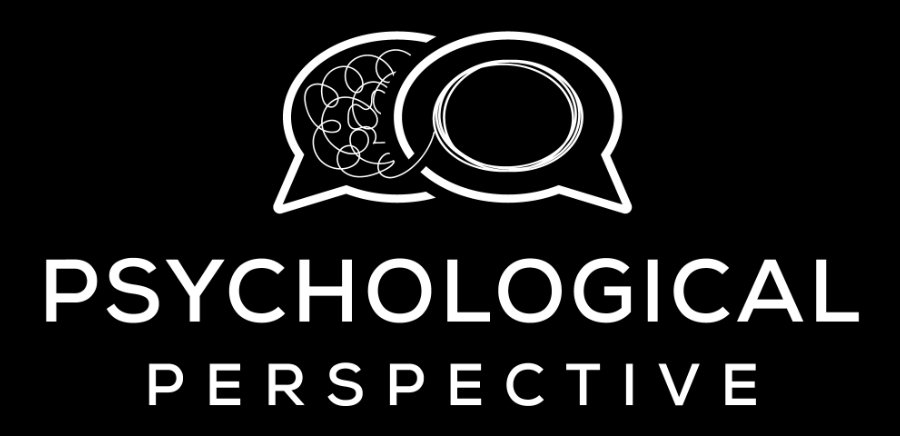6 signs that you need to say “no” more often:
- You’re feeling overwhelmed. You don’t have the time, energy or money for the things that matter most to you.
- You daydream about dropping everything and disappearing for a while.
- You’re feeling unfulfilled.
- You regularly feel angry or resentful towards people for asking for your help.
- Your health (physical and/or emotional) is suffering.
Many don’t realise that setting boundaries is a key part of compassion, and in compassion-focused therapy one of the ways that we help people think about healthy relationships is in considering their boundaries.
A boundary refers to the physical, material, sexual, emotional, intellectual and time perimeters you need to set in order to feel comfortable, safe and respected in your relationships. For example, it would be wise to set a boundary with a colleague who regularly helps themselves to your desk-drawer chocolate without permission! Or with a mother who only speaks to you to moan at length about your father.
But why is setting a boundary so hard?
Setting boundaries can feel like a risk:
All humans share a desire to be seen, loved and accepted. Whilst our society benefits from our desire to co-operate and be liked, sometimes the longing for acceptance/love is so strong that we sacrifice our own sense of self in the hope of receiving the validation from others that we as individuals matter. In this context to then assert our needs can feel like we’re risking rejection. In the workplace what if saying no means we miss out on a valuable opportunity and lose the chance to prove ourselves?
We can’t control how others react:
One of the biggest challenges in setting boundaries is the fear of how others will react. We might flinch at the possibility of them getting mad at us or being defensive, perhaps challenging that the reasons we’ve stated are valid or even dishing out the silent treatment.
Feelings of fear, guilt and shame can be mistaken for signs of danger.
- “I feel guilty for saying no, so I must be doing something wrong.”
- “I feel scared to set a boundary, so it must mean I’m being unreasonable.”
When you feel strong fear, guilt or shame about setting boundaries, emotional reasoning makes you believe that those emotions mean you’re actually doing something wrong or harmful. In reality, these feelings are just a sign that you’re stepping out of your comfort zone, not that setting boundaries is bad.
“It’s just selfish to just focus on what I want”:
Boundaries are important in all relationships, and although they may be met with resistance, boundaries are good for everyone involved. Why? Because people don’t know what you want, it’s your job to make it clear instead of expecting them to read your mind. When we set boundaries, we avoid the anger and rage that builds under the surface and stops any real connection, we let people know who we are and where we stand so they can choose to respect that or walk away. Either choice, we know where they stand. As it turns out, healthy boundaries are the tool that’s needed to be there for other people and is therefore a compassionate act for ourselves and others.
Compassion-focused therapy highlights the importance of cultivating three key flows of compassion – from us to others, receiving compassion from others and self-compassion – and having healthy boundaries provides a framework that supports all these flows.The Power of Self-Compassion in Setting Healthy Boundaries
At the heart of effective boundary-setting lies an often-overlooked yet powerful tool: self-compassion. Self-compassion is the practice of treating oneself with the same kindness, understanding and care that one would offer to a close friend, whereas a lack of self-compassion can result in porous or diffuse boundaries due to fear of external judgment, excessive empathy for others or internalised self-criticism. We can view boundaries through the wisdom of self-compassion as a powerful tool for increasing emotional resilience and building self-belief. A self-compassionate approach recognises that personal limitations are not liabilities, but fundamental aspects of sustainable wellbeing. Self-compassion affirms us having needs of our own and makes it easier to recognise when a situation is causing stress or discomfort and take action accordingly. By treating ourselves with kindness, we strengthen the belief that we are worthy of respect and care. A self-compassionate approach also helps stand firm in the face of others’ resistance by reinforcing intrinsic self-worth independent of external approval.Daring to set boundaries is about the courage to love ourselves, even when we risk disappointing others. – Brené Brown
10 tips for effective boundary-setting using compassion.
Compassion-focused therapy defines compassion as “…a sensitivity to suffering in self and others, with a commitment to relieve and prevent it.”1. Understand the why. Setting boundaries is far more effective when we can understand what created the problem in the first place.
In compassion-focused therapy, the first action to take if one wants to be self-compassionate is to notice and turn towards our difficulties and engage with our suffering. What life experiences have guided you towards healthy or unhealthy boundaries? What did you learn about boundaries from your family? Did others think they knew what was best for you? Or were you punished for having preferences? Reflecting on family dynamics, schooling or peer relations may help to build insight as to the ‘why’.
2. Pinpoint key beliefs.
What beliefs did you develop from key experiences that mean setting boundaries is hard? That you have limited value as an individual? That you have to be boundaryless to be loved? Perhaps that your worth was defined by the impact you had on others? Using an attitude of gentle curiosity to identify the meanings you’ve attached helps to reframe why you’ve avoided or struggled to set boundaries, and builds a wise, insightful narrative that offers the possibility of change.
3. Identify your priorities.
The compassionate self is the part of you that’s able to be helpful to yourself and others, and knows what you need. Take a pause to engage with your compassionate self, and consider what are your priorities in this relationship right now? Give yourself permission to think about what you need to feel secure and healthy and when you need it. What are the one or two key things you are trying to get out of both your personal and professional life? It could be as straightforward as spending more time on interests, or finding a job that allows you to prioritise wellbeing.
4. Not sure when a boundary is needed? Listen to your emotions.
An important part of compassionate action is engaging with your emotions. In compassion-focused therapy we understand that emotions evolved to give us info and act as signals as to whether we’re on track. If you feel drained, anxious or overwhelmed in certain situations, take these feelings as cues that a boundary may need to be set.
5. Manage the critic.
This is the inner voice that responds to us having needs with accusations of selfishness. Use your compassionate voice to state that saying no is not selfish, it’s self-care and you have a right to give that to yourself. Remind yourself that you are not responsible for fixing or pleasing everyone. Practice self-compassionate self-talk; instead of criticising yourself for setting a boundary, offer yourself reassurance. “It’s okay to say no. My needs matter too.”
6. Communicate using compassionate firmness.
The second part of compassion is being able to take wise action to manage and relieve distress, so using kind and firm language, express your boundaries, for example, “I appreciate the invitation, but I need some time to recharge this weekend.” Don’t just mention what you don’t like, state what you need or want.
7. It’s okay to compassionately consider others’ needs – to a point.
When you’re setting boundaries with someone you care about, you may also want to consider their needs. In other words, sometimes compromise is appropriate. However be mindful that you’re not the only one compromising, and that you’re not giving up what’s most important to you. People-pleasers tend to concede rather than compromise, which is why we need boundaries.
8. Expect to feel uncomfortable afterwards.
For those accustomed to high levels of external validation, setting boundaries can provoke feelings of guilt or a perceived sense of failure. Compassion-focused therapy wisely recognises that discomfort in inherent in change, and reframes these feelings as an indicator of growth rather than as obstacles. Whilst not easy, the aim is to sit with discomfort rather than avoid, so dedicate time and energy to learning how to befriend what you feel rather than resisting it.
9. Expect pushback to begin with.
Others are unaccustomed to you putting your needs into the mix, and may ask questions or protest. Rather than taking this as a cue to apologise, overly-justify yourself or doubt your decision-making, just restate the boundary, non-defensively. Self-compassion helps us accept that we are not responsible for other people’s emotions. If someone reacts negatively to our boundaries, it is often a reflection of their own expectations rather than a flaw in our decision-making.
It may help to tune into your compassionate self’s capacity for empathy and consider their position – maybe their response was due to a fear of being at fault and worrying that their request was inappropriate. Stick with explanations that include ‘I’ statements, avoid saying too much and resist getting into a back-and-forth.
10. Cultivate a compassionate network and spend time with those who respect those boundaries and encourage your wellbeing.

Compassion is a transformative force in setting and maintaining healthy boundaries. Boundaries are not barriers; they are expressions of self-respect, they create clarity in relationships that makes it easier for others to show up for us in appropriate ways, and help us give compassion to others in a way that is sustainable and balanced, rather than overextending.
Here at Psychological Perspective we are expert in providing a compassion-focused approach that puts us on the path to a more balanced and fulfilling life.




